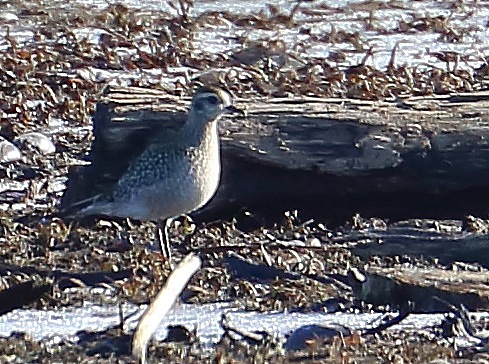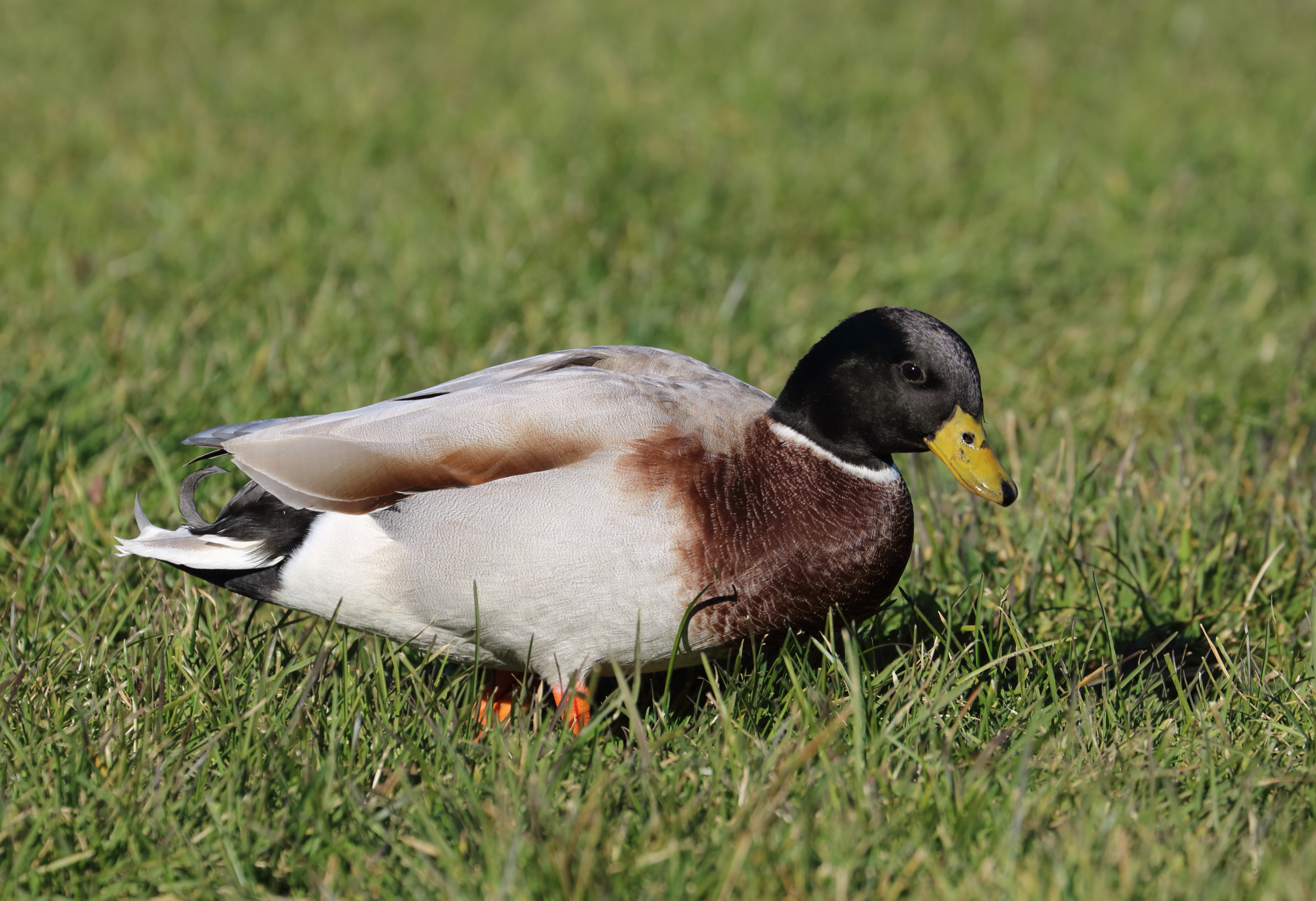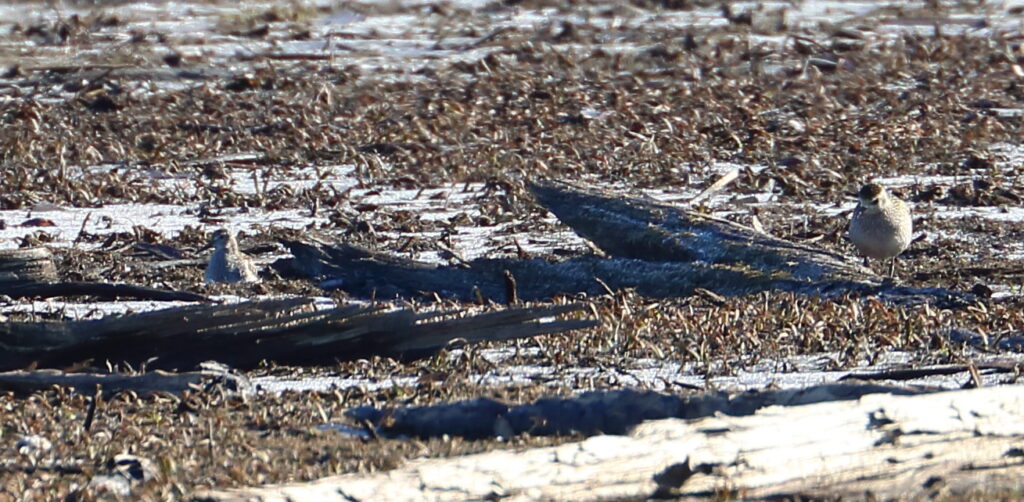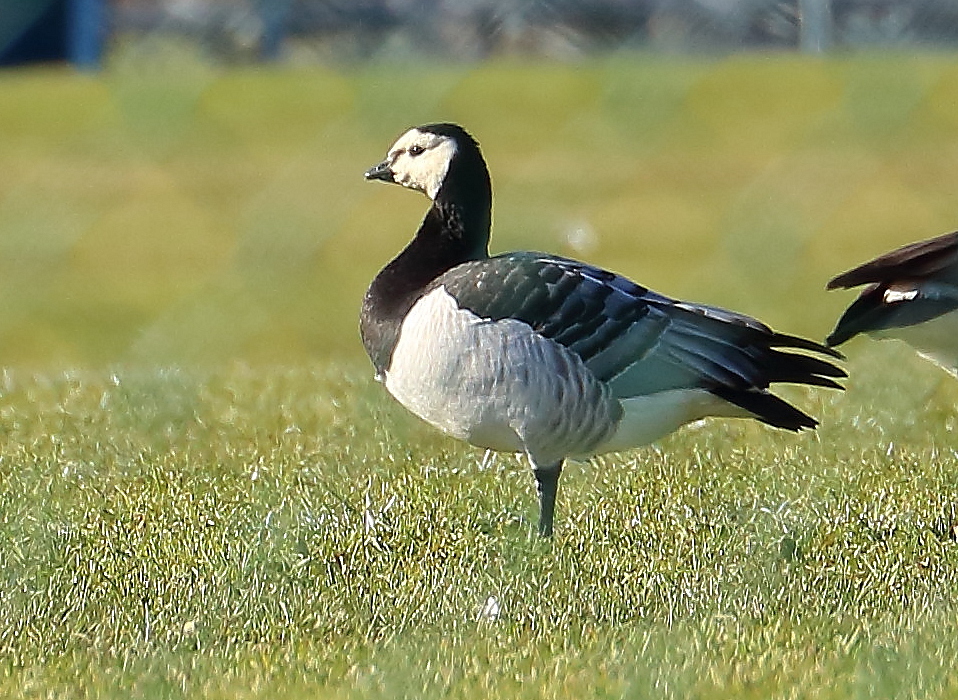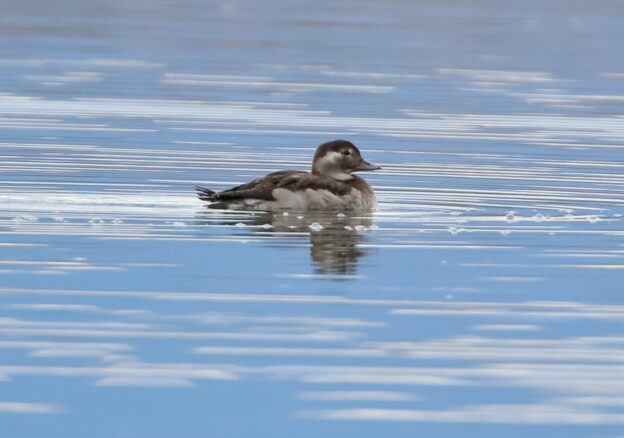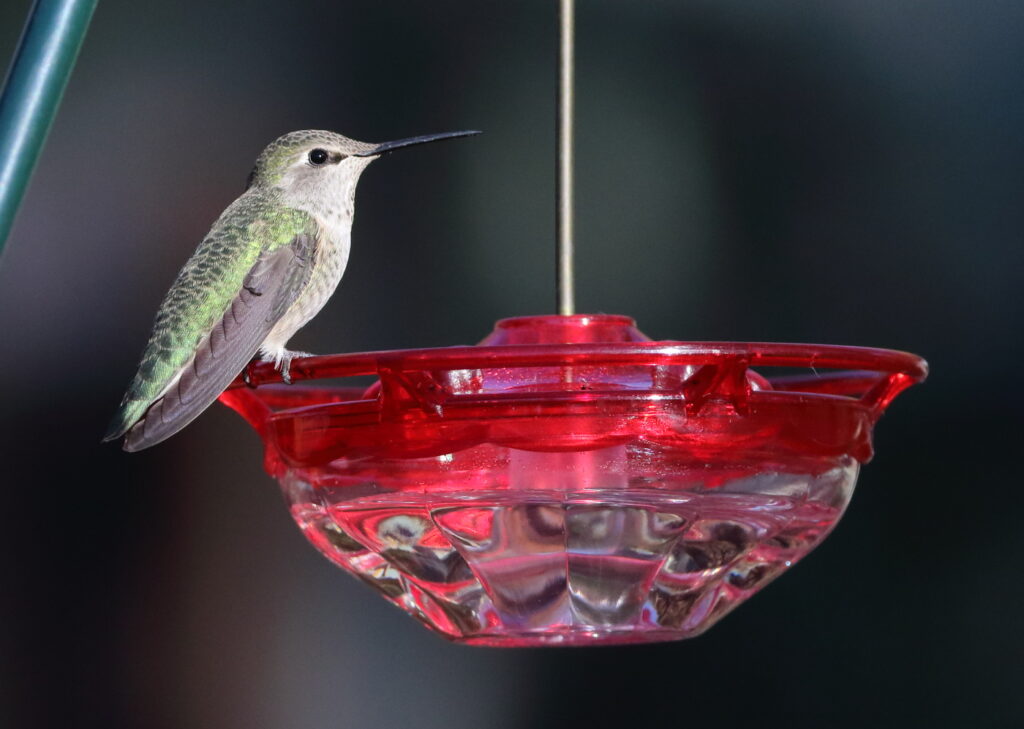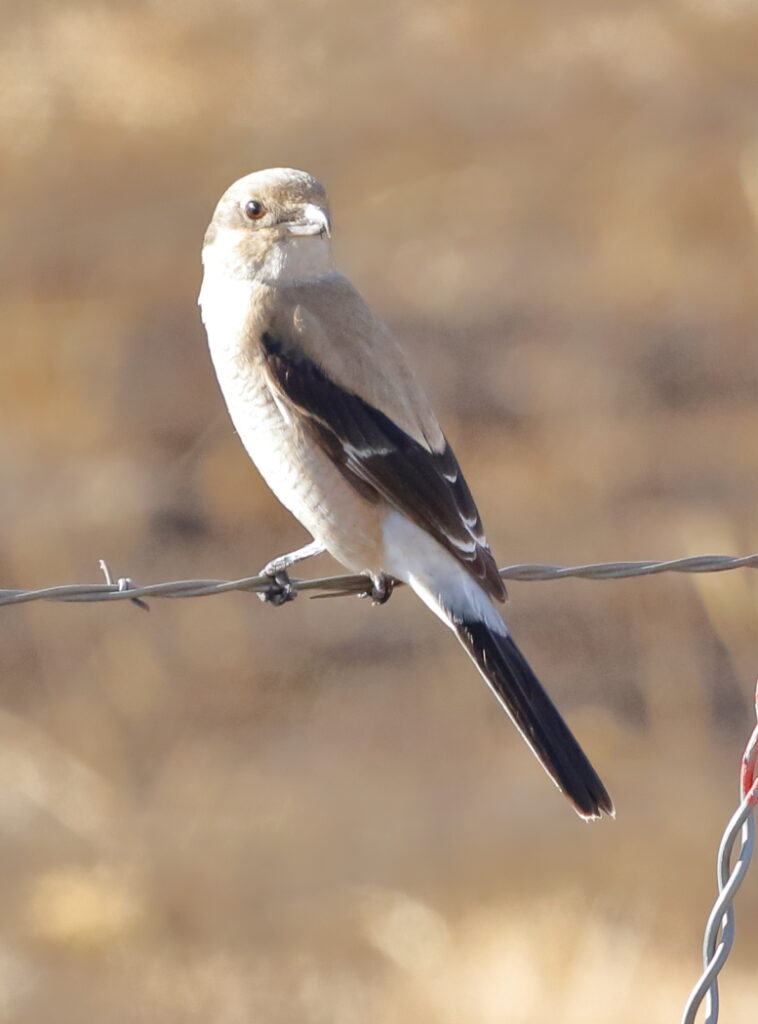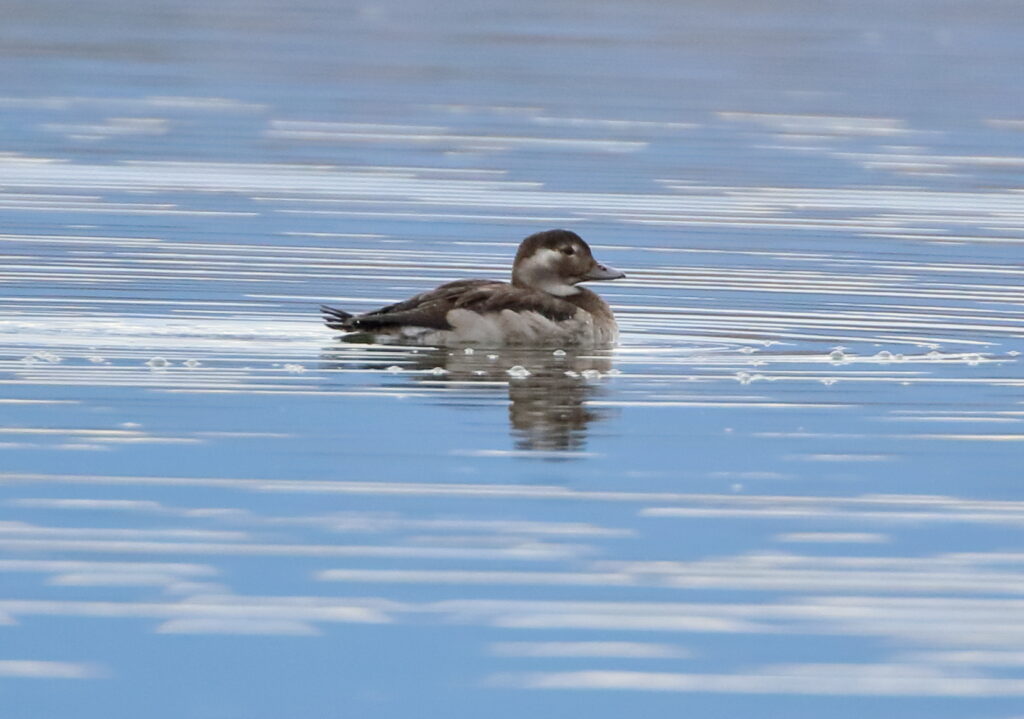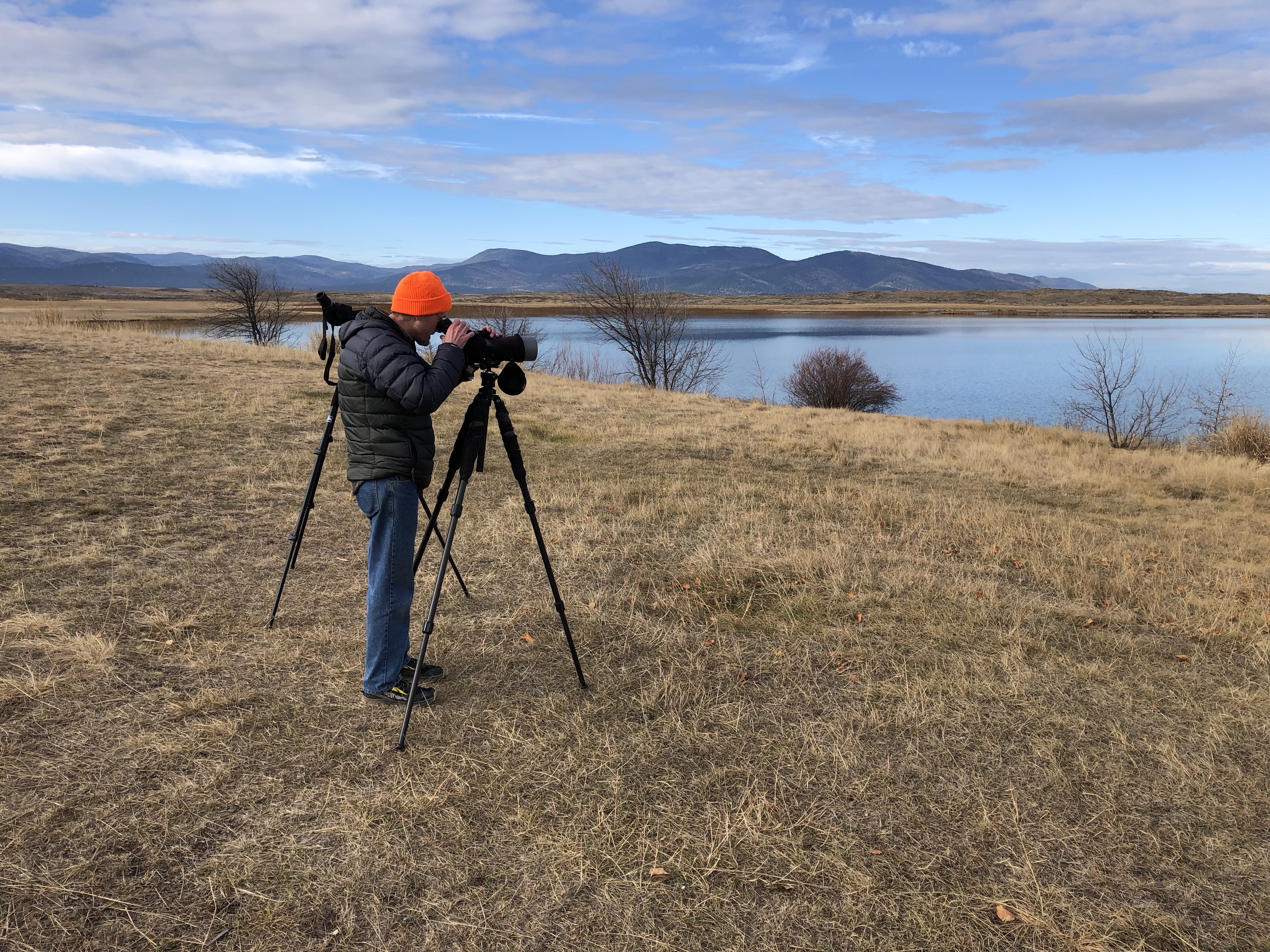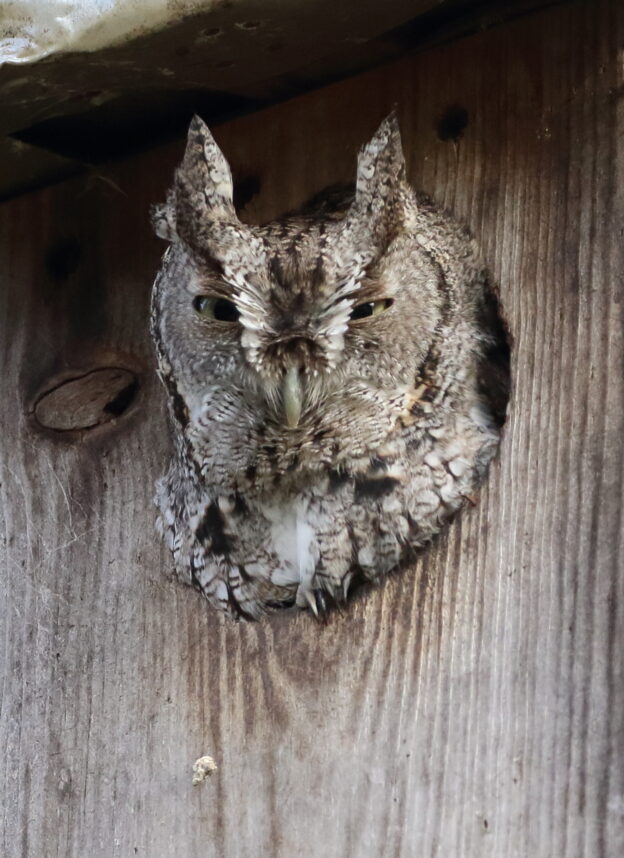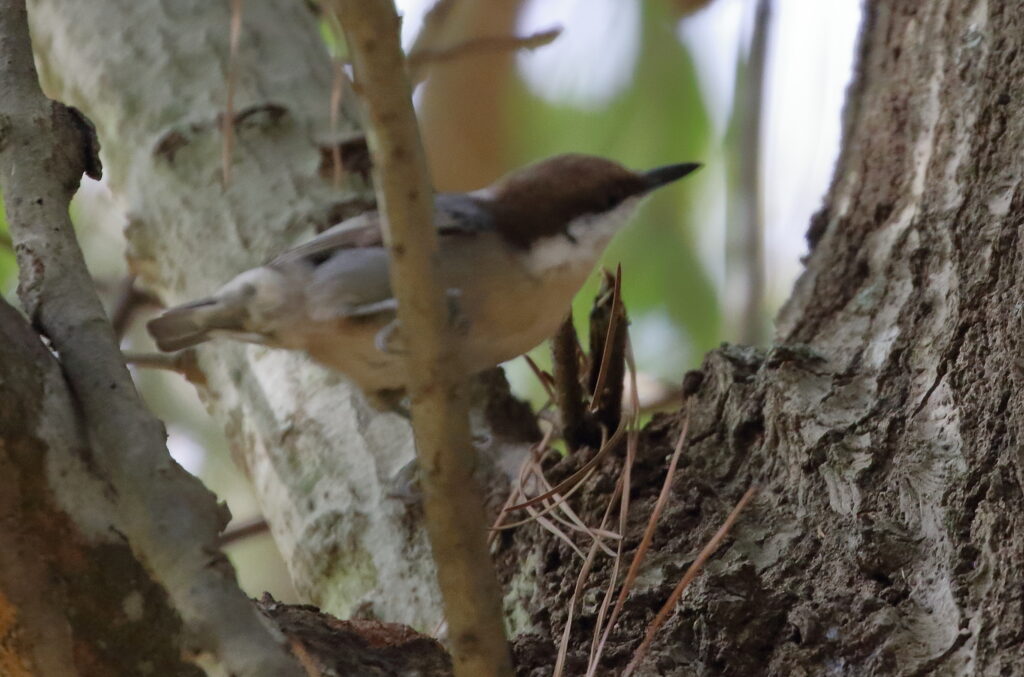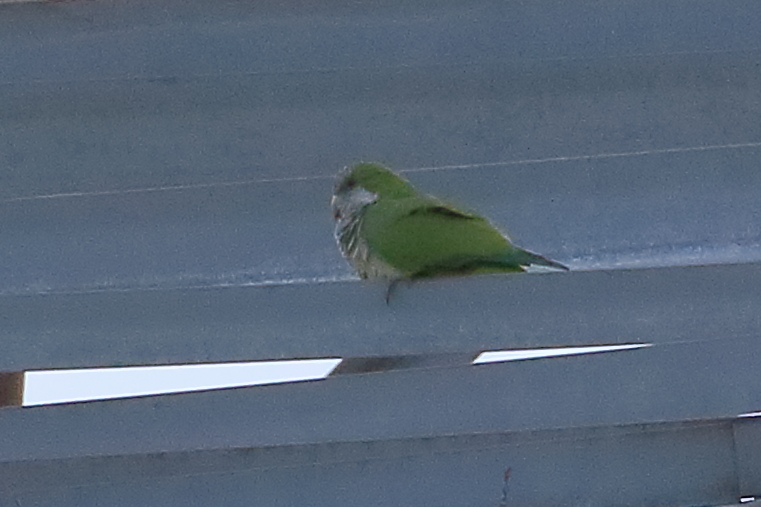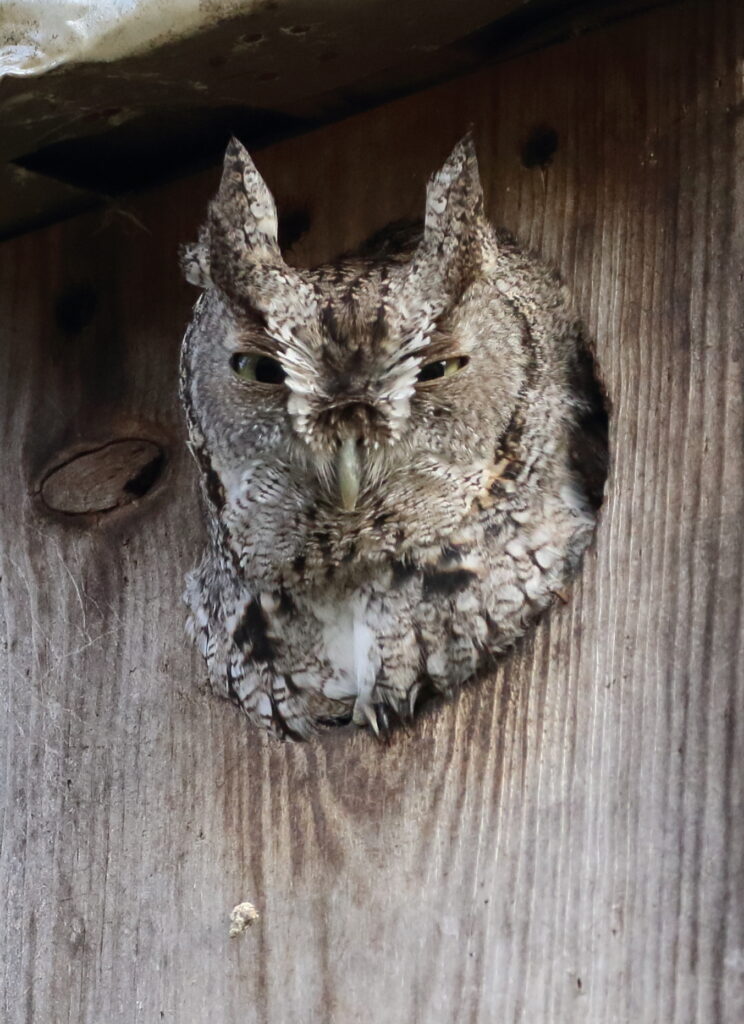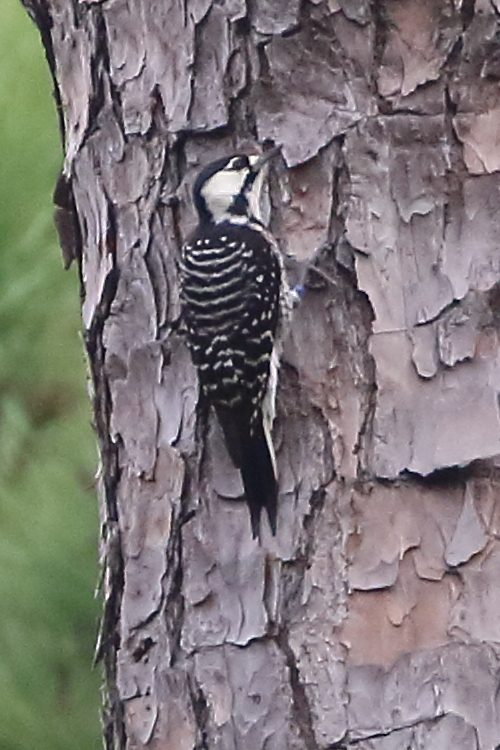There was no Snowy Owl in the field. Someone had reported the owl from the field this morning, but there was nothing white in sight aside from the post office where we’d parked—not even a plastic bag pretending to be a Snowy Owl! I turned to Miles. “I thought Snowy Owls were supposed to be easy in Maine. What do you wanna do now? There was a Gray Kingbird reported from York County, Maine, yesterday. Although that’s a three hour drive…” I suggested, sure that was out of the question.
To my surprise, Miles looked at me. “Well, we missed the owl. Might as well go big or go home!” We piled into the car and headed south!
Miles Scheuering had contacted me a few weeks ago about the fact that he would be in Maine as part of a going-on-three-month road trip he’d been on this fall. I’d run into him a few times in Missoula when he’d attended the University of Montana, but never really gotten the chance to talk to him, so I jumped at the chance of birding together! He’d picked me up at my dorm that morning, neither of us with specific birding targets in mind. Now we were driving towards southern Maine on a whim, hoping that the Caribbean bird that had randomly showed up in a coastal neighborhood would still be there when we arrived. Along the drive, we began filling in our lists for the counties we passed through as I learned about how Miles’s road trip had gone. He’d struck out from Portland, Oregon in September, driving through Colorado up to Montana, and then straight down to the Salton Sea in southern California. He then had shot east through the Lower Rio Grande Valley in Texas, around the Gulf of Mexico, and up through New England until arriving in Orono to pick me up.
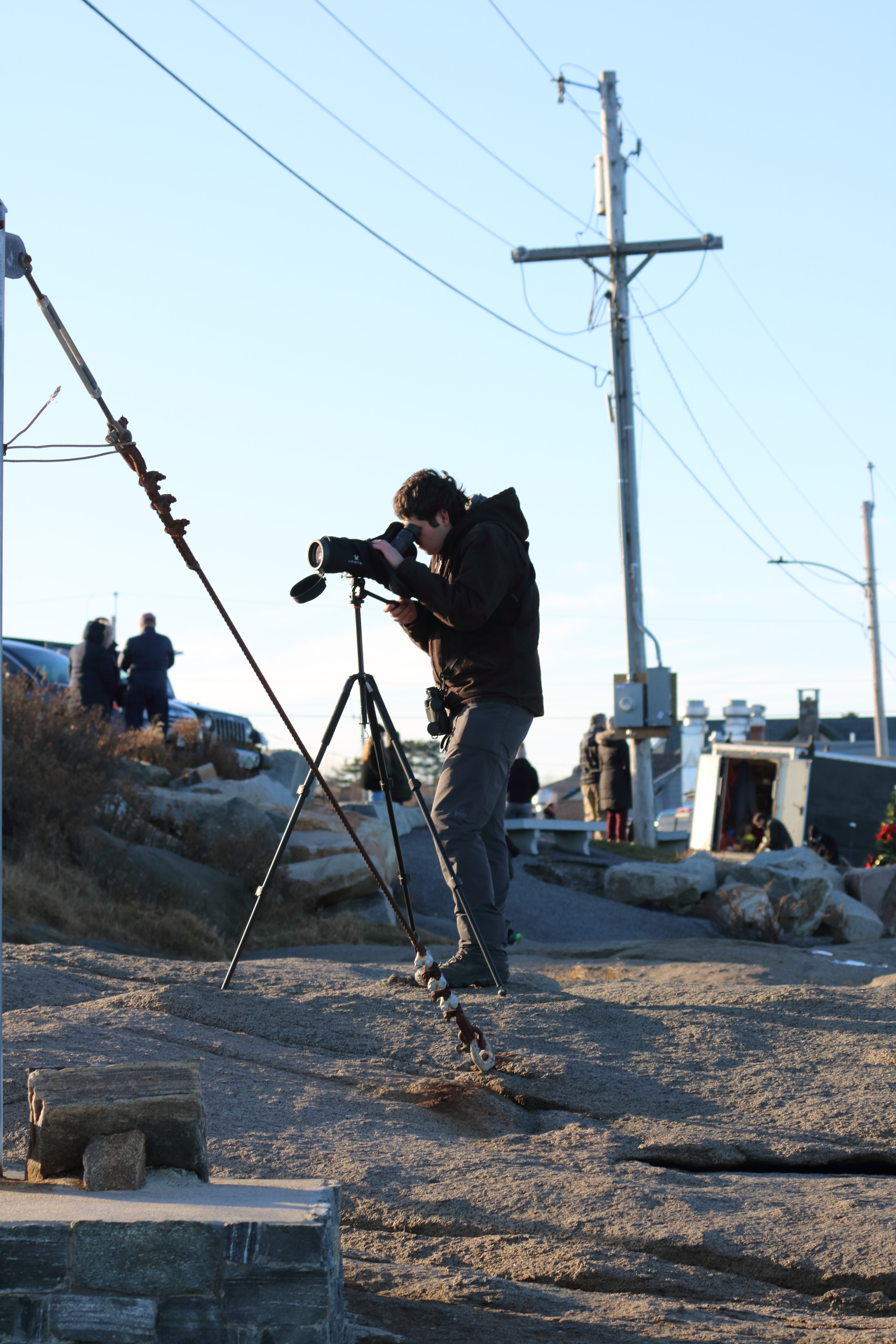
And now he found himself again driving south with me in tow to chase what appeared to be only Maine’s fourth ever eBird record of a Gray Kingbird, a Caribbean bird that shouldn’t have been within 1500 miles of Maine but had an unusual habit of straying north in late fall. Ironically, I had been in Florida a few weeks ago for Thanksgiving but had not even dreamed of seeing this bird then.
Driving south, we passed small, coastal towns including Biddeford and Kennebunk that had become familiar to me during the last few months, especially because I’d made friends who lived there. A few miles south of Biddeford, we hung a left, and the Atlantic Ocean soon came into view. So, too, did a large number of cars and people wearing binoculars and cameras walking along a single road bordered by a rocky breakwater. We parked, then headed toward the commotion. Almost immediately, someone pointed a small bird out to us several dozen meters away. It was actively flycatching and landing on the rocks, stopping periodically to admire the large crowd that had gathered to watch it. The flycatcher was slate gray, with a dark, raccoon-like mask and a hefty, Eastern Kingbird-esque bill. It was definitely a Gray Kingbird!
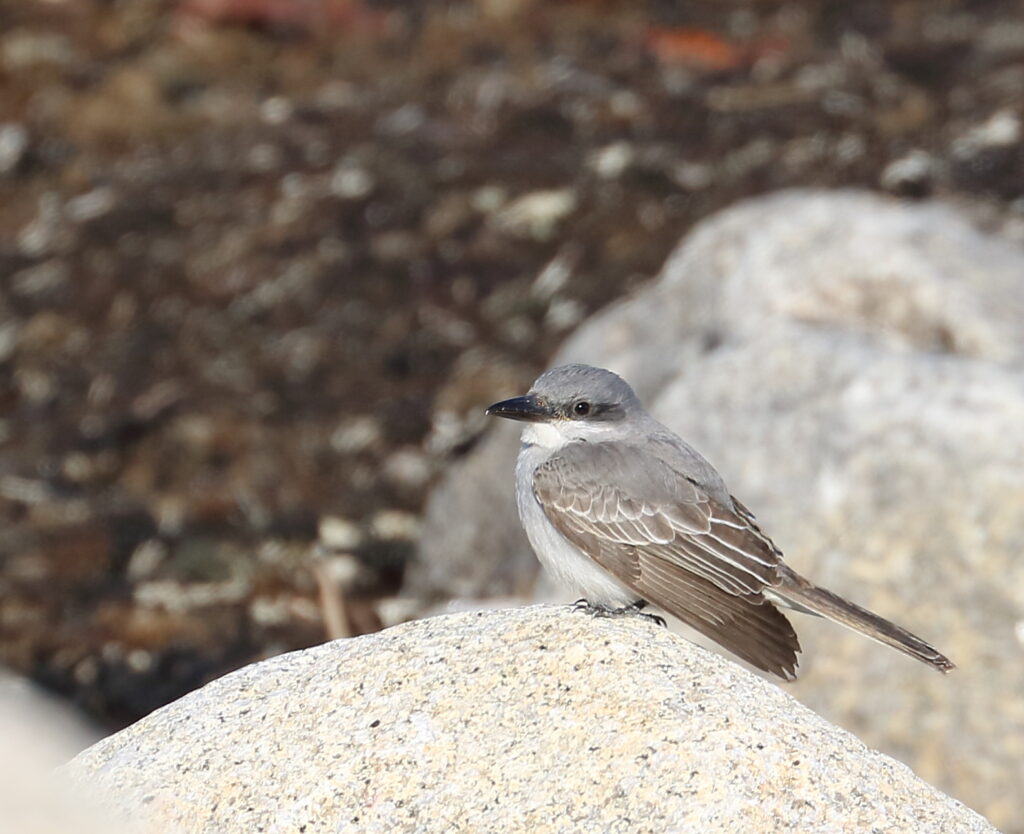
As Miles and I watched the flycatcher sally back and forth across the breakwater, a lady approached us.
“Hey, I know that it’s not the star of the show, but there’s a Snowy Owl on that roof over there.”
I looked up, and sure enough, spotted a large white ball perched on a chimney several hundred meters behind the Gray Kingbird. “No way! I wonder if anyone has ever had Gray Kingbird and Snowy Owl on the same list before today?” I said to Miles as he began scoping the ocean for sea ducks.
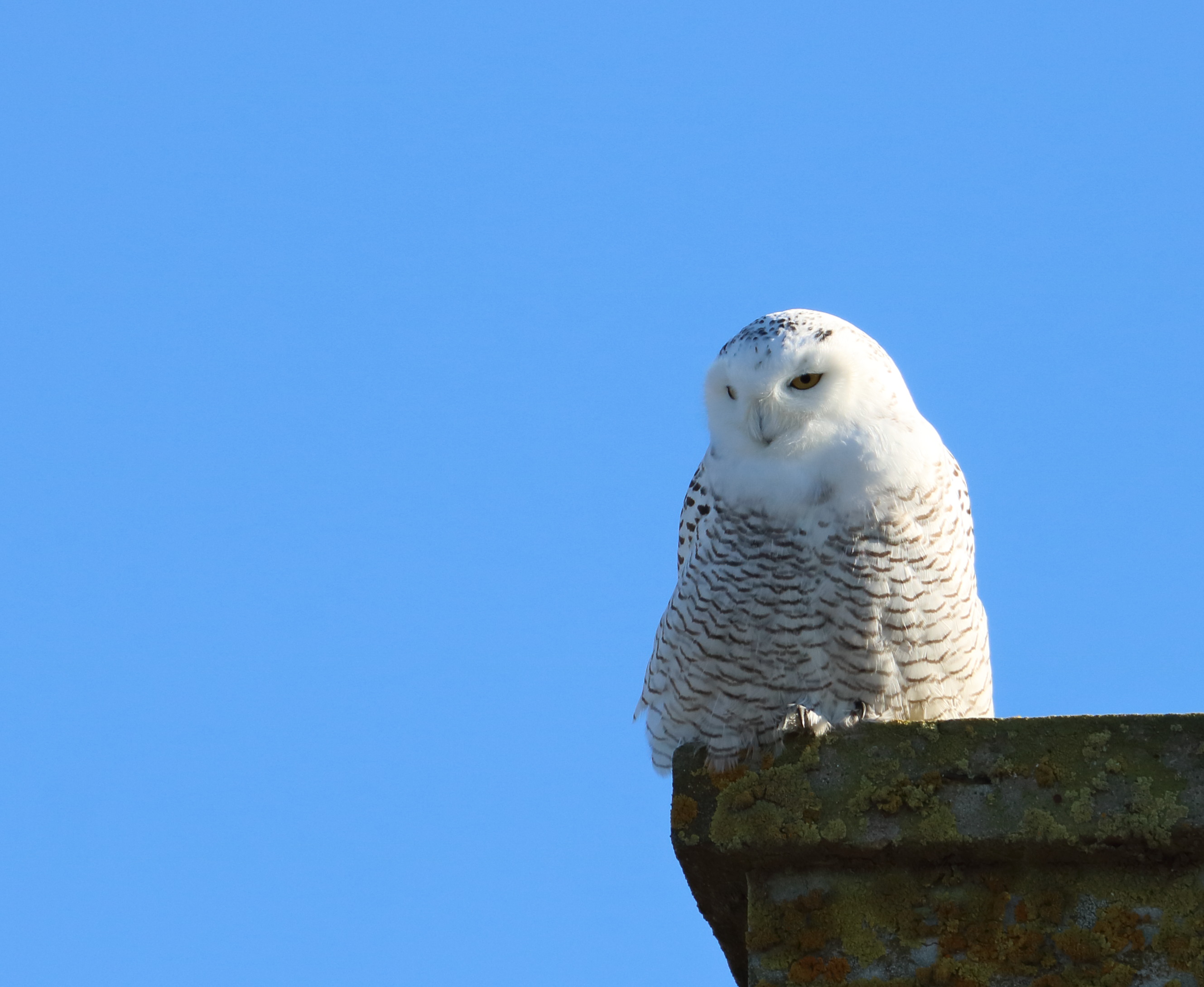
“I doubt it…got some Black Scoters though!”
Soon enough we’d picked up all three scoter species (my second time doing that in a day in Maine and my first time doing it in one spot) and Long-tailed Duck. After snapping photos of both the kingbird and the owl, which were both incredibly cooperative, and scanning a large gull flock for anything interesting, we headed out. We probably should have turned around to begin the long drive north again, but instead we continued south to investigate a report of a Black-headed Gull in the town of York, half an hour away. We pulled up at a large sandy beach—a rare sight in Maine—and immediately picked out several flocks of gulls standing beside the rolling tide. Sure enough, I soon observed a dainty gull with bright red legs, a red bill and a dusky ear spot hiding among the larger Ring-billed and Herring Gulls. Black-headed Gull was a lifer for Miles and an ABA lifer for me, and we watched it loiter on the beach as its American counterpart, a Bonaparte’s Gull, dove into the surf behind it.
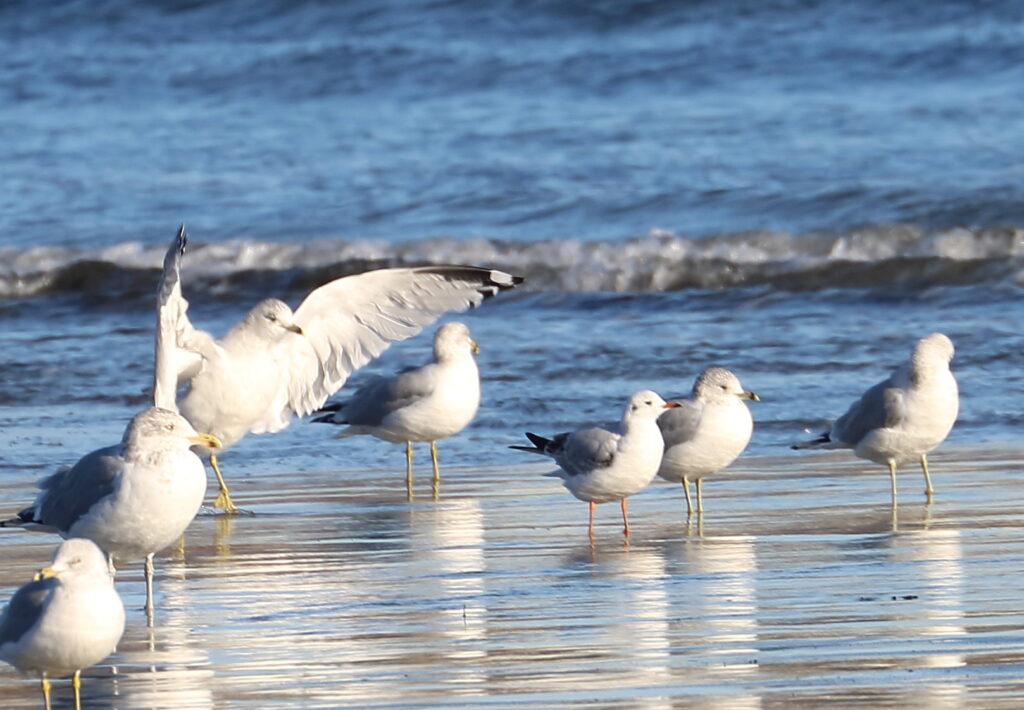
Hungry for more, we drove to a nearby lighthouse to check for Purple Sandpipers and Harlequin Ducks. No sandpipers showed themselves but Miles quickly found two groups of mostly male Harlequins hugging the rocky coastline. It was really cool to see these in their wintering habitat as compared to the fast-flowing streams I’d usually seen them in in Glacier National Park.
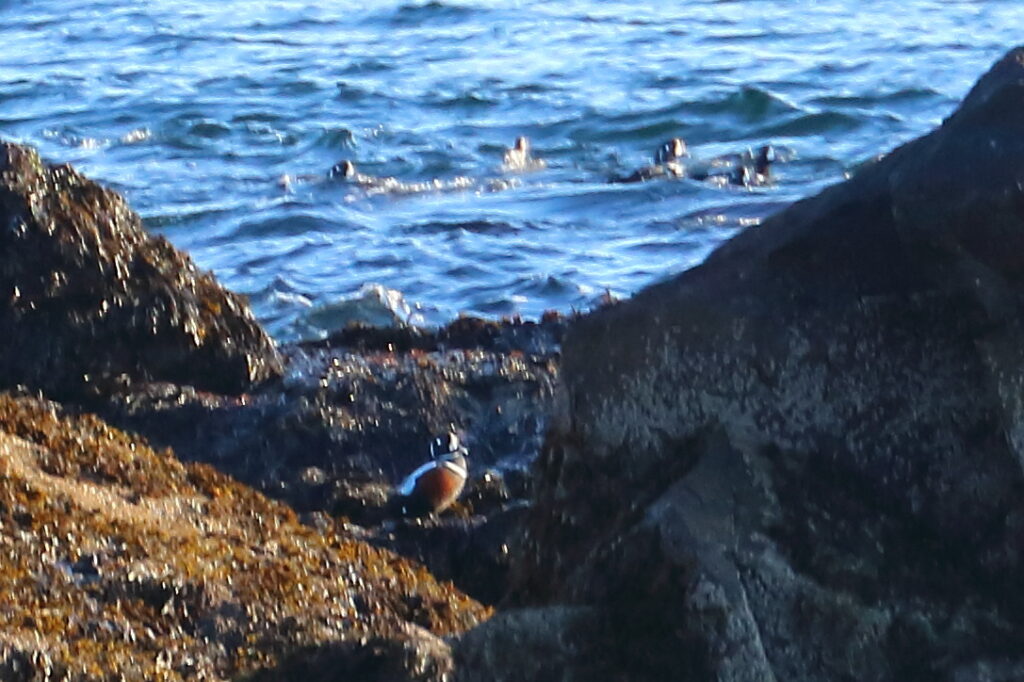
We decided to head back towards Orono, briefly stopping to look for a Clay-colored Sparrow in a cemetery in Portland to no avail. Miles dropped me back at UMaine at around 5 pm, and we made sure to exchange information about birding Maine and Oregon. In fact, Miles will be back in Oregon when my family heads over there for Christmas, so you may see his name pop up on another blog in the near future! It had been an epic, rarity-filled day, and I went to bed dreaming of owls on rooftops and flycatchers by the sea.

